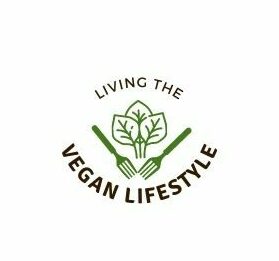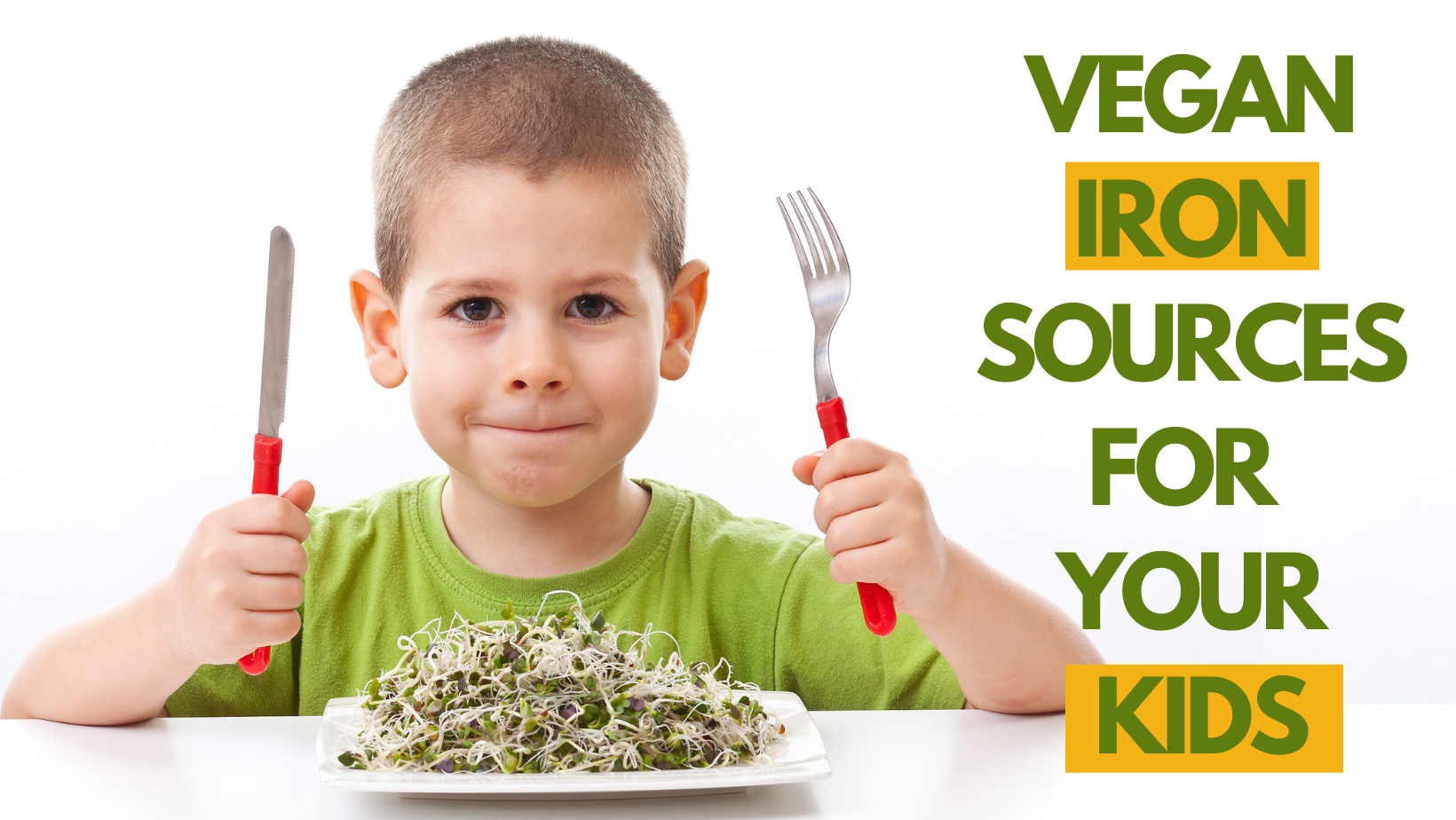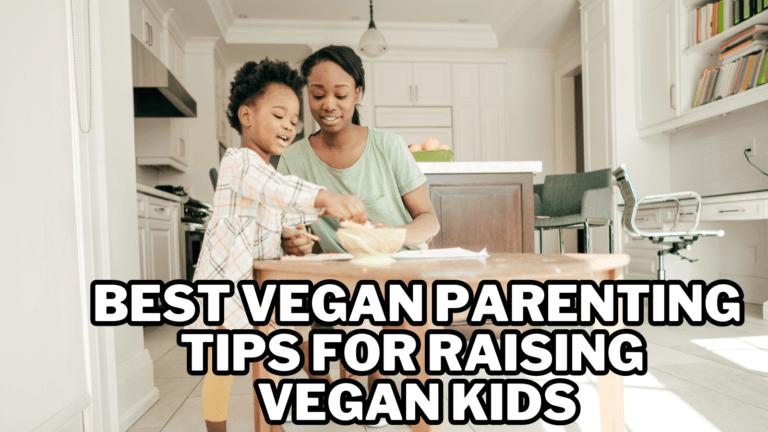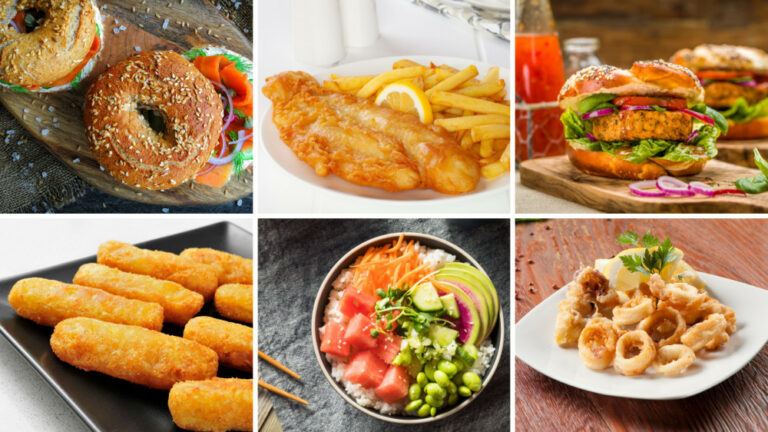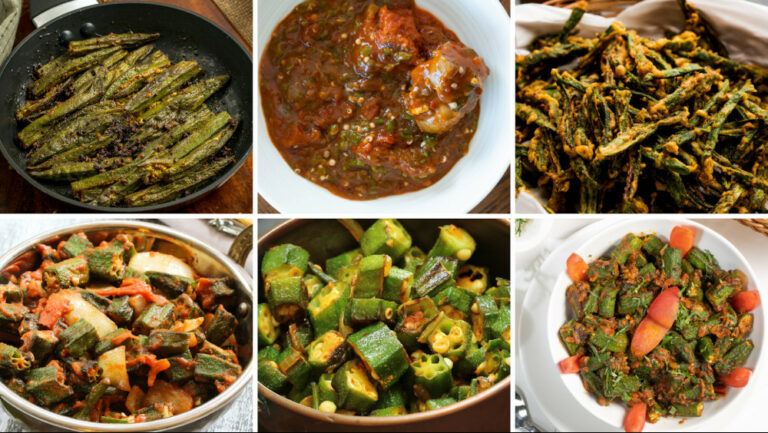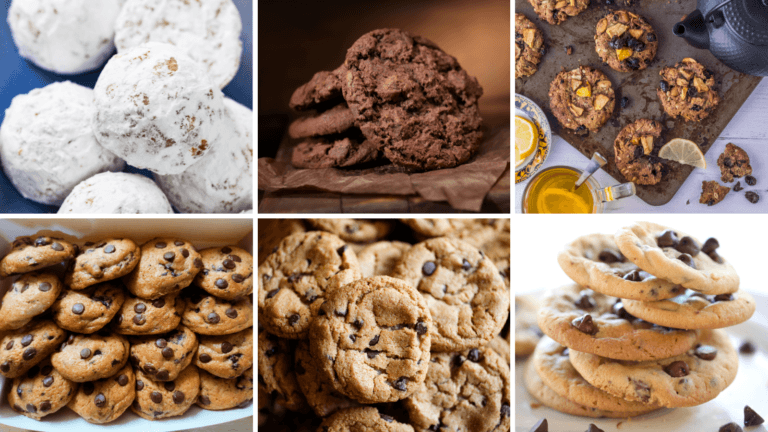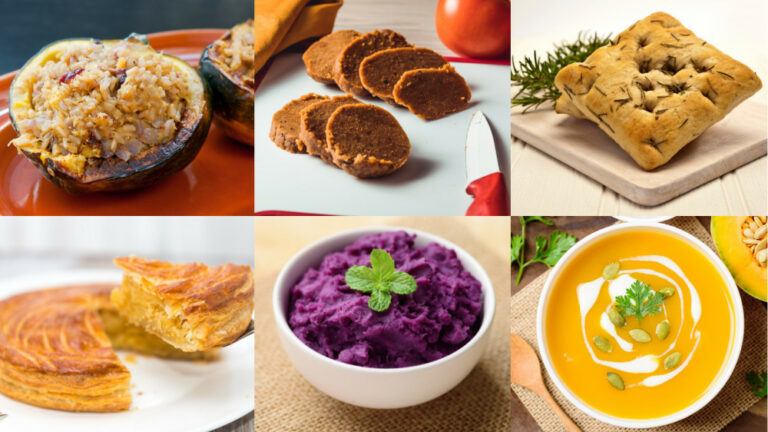8 Essential Vegan Iron Sources For Your Kids
8 Essential Vegan Iron Sources For Your Kids
One of the most common concerns among parents is whether or not their children would get adequate iron from a vegan diet. We are taught from a young age that iron comes from red meat and that we must consume red meat to have enough iron. Is iron, on the other hand, such a significant concern for vegan kids?
The truth is that your child's iron intake is totally reliant on how varied and good their diet is, not how much red meat they consume. They will obtain enough iron if they eat a varied diet rich in vegetables, cereals, legumes, and meat (if they are an omnivore). It doesn't matter if they eat a vegan or not, if they eat a high-processed diet, they will struggle to get enough iron.
The Australian National Guidelines don't anticipate children getting all of their iron from red meat.
So, where does the majority of the iron originate from? Whole grains, legumes, and veggies are all good sources of fiber. And what exactly does a vegan diet consist of? That's correct! Whole grains, legumes, and veggies are all good sources of fibre.
How Much Iron Does My Child Require?
Iron is necessary for a toddler's quick growth. That's why iron is added to a number of cereals and other toddler foods.
The daily iron requirements vary depending on their age:
- 0–6 months: 0.27 milligrams (mg) per day
- 6–12 months: 11 mg per day
- 1–3 years: 7 mg per day
- 4–8 years: 10 mg per day
Infants who are born prematurely or with a low birth weight require more iron than those who are born at a normal weight.
Plant Base Iron Sources
Many parents want to know what iron-rich foods they can give their vegan children. Non-heme iron can be found in a range of plant-based foods such as seeds, grains, and legumes, but legumes are the most abundant source. Beans, lentils, split peas, and soy meals will be included.
Let's look at some of my favorite plant-based meals that are high in iron and can help vegan kids get enough of this important nutrient.
1. Spinach
Dark green leafy vegetables such as kale, broccoli, and spinach are excellent sources of iron.
About 3 milligrams of iron is found in a half cup of boiling, drained spinach.
Serve finely chopped, steamed spinach to your toddler, or add chopped spinach or other greens to their mashed potato dish.
2. Chickpeas
Chickpeas are a very adaptable legume when it comes to meal planning. You can utilize chickpeas in a variety of ways, including pasta, grain bowls, and soups, as well as other chickpea-based items like hummus and garbanzo bean flour.
Be aware that some people are allergic to chickpeas. If you're not sure whether or not you should give your child chickpeas, consult your doctor first.
3. Beans
Beans are a fantastic compromise if you're trying to eat a vegetarian diet or if your youngster doesn't like meat. Iron, fiber, and other critical vitamins and minerals are found in soybeans, lima beans, kidney beans, lentils, and other beans and pulses.
Consider the following scenario:
- 4 milligrams of iron are found in a half cup of white beans.
- The iron content of a half cup of lentils is 3 mg.
- The iron content of a half cup of red kidney beans is 2 milligrams.
Make a broth or a mild chilli with cooked lentils. For a balanced protein and high-iron lunch, mix in some fortified rice with your beans.
For a high-iron lunch, try offering your child low-sugar baked beans with a piece of whole-wheat toast. Vitamin C is added to the dish with mashed sweet potatoes on the side.
4. Tofu
If we're vegan, I'd definitely include tofu. It's a staple in my house because it can be utilized in so many different ways.
Tofu is a soy-based legume rich in iron for children. It also has other nutrients like fat and calcium, which is why I prefer to recommend it to children because it helps them grow.
You might be wondering if it's true that soy foods like tofu contain estrogen.
Estrogen is a hormone that the body produces. Phytoestrogen is a plant component found in soy foods such as tofu. Although their names are similar, they are fundamentally distinct chemicals that behave in the body differently. Soy foods are safe and helpful to include in your child's vegan diet.
I prefer to utilize tofu in my child's meals either cooked with my favorite spices, mixed into creamy pasta sauces, or crumbled into lasagnas as a ricotta cheese substitute. It ensures that the food is nutritious by being creative and using tofu in a number of ways.
5. Raisins And Other Dried Fruit
Raisins are a favourite food among children. The good news is that the dried fruit can provide your youngster with an iron boost while also aiding with constipation prevention. 1 mg of iron is found in a quarter cup of raisins.
6. Chia Seeds
Chia seeds are a rich source of iron, but they require a significant portion for what children may eat in a single sitting. 1 mg is provided by 1 tablespoon of chia seeds. You may rest assured, however, that incorporating chia seeds into your child's diet will help them achieve their iron requirements.
7. Farro
It has a nutty flavour that pairs well with a tahini dressing in a grain bowl, soups, or even as a side dish.
There are numerous different types of grains that contain some iron, however, farro is regarded as a good source of iron when compared to other types of grains for just one ¼ cup of serving.
This increases the iron content of your meal and gives your kids a better chance of meeting their daily iron requirements.
Whether you include two or all of these plant-based items in your child's vegan diet, the important thing is that you organize your meals around including this important nutrient. Focus on providing a range of iron-rich plant meals to your vegan infant, toddler, and/or child in order to continue to support normal growth.
8. Pumpkin Seeds
Protein, fiber, healthy fats, and minerals, including iron, are all found in pumpkin seeds. 2.5 milligrams of iron can be found in a quarter cup of pumpkin seeds.
Raisins, prunes, dried apricots, pumpkin seeds, and sunflower seeds can all be used to make a trail mix.
Keep aware that raisins and seeds might cause choking in small children. Keep an eye on your toddler when they eat these meals by mashing or cutting them into small pieces.
Causes Of Iron Deficiency
Iron is necessary for your child's development, and a lack of it can have a negative impact on his or her health and growth, as well as contribute to anemia.
Iron deficiency anemia is a type of anemia that arises when the level of hemoglobin in the blood falls below the recommended level. There are 3 major causes of iron deficiency:
Poor Dietary Habits
Children have a higher need for iron, they are more susceptible to iron deficiency. Simply put, an iron shortage can be caused by a diet lacking in iron sources. Also, don't drink too much milk! A youngster who consumes an excessive amount of milk, which is a poor source of iron, is in danger of iron deficiency.
Loss Of Blood
A stomach ulcer (which is uncommon in youngsters) persistent intestinal inflammation to a parasitic infestation like hookworm are all possible causes of blood loss.
Inability To Absorb Adequate Iron From Food
Inability to absorb sufficient amounts of iron from meals. This can happen when you have celiac disease or Crohn's disease.
Symptoms Of Iron Deficiency In Children
If an iron deficit is not identified and remedied, a kid who does not get enough iron from their diet or who has other health problems will become anemic.
When the body does not have enough iron, fewer red blood cells are produced, resulting in anemia. Furthermore, when iron levels are low, the body uses up the limited iron it has to try to maintain the red blood cell count that keeps the body's important systems running, but other muscle and brain functions may suffer as a result.
- Skin that is pale, especially around the nails, hands, and eyelids
- Slow growth and development
- Poor appetite
- Fatigue and weakness
- Rapid breathing
- Headache
- Recurrent infections
- Behavioural problems
- Rough skin
- Fast heart rate
- Alopecia and damaged hair
- Unusual cravings for substances such as dirt, ice, paint or starch
It's also worth noting that mild cases of iron deficiency might go unnoticed, with no indications or symptoms. Look for mild indicators of iron insufficiency and review your child's diet and consumption if you're concerned about iron deficiency. Keeping a food journal can assist you in evaluating your kid's diet.
Pica is an intriguing symptom that can appear in youngsters who are iron deficient. Non-food objects such as ice, mud, clay, paper, cardboard, and cornstarch may be craved by children with low iron levels. Pica can promote constipation, so if your child starts desiring these foods, they should be checked for an iron shortage.
A child's capacity to learn and focus, as well as their vitality, might be affected by iron deficiency. Because severe iron shortage can cause long-term developmental difficulties, being aware of iron deficiency and its manifestations in your kid can help you decide when supplemental iron is needed and spot symptoms of iron insufficiency.
What About Vitamins And Supplements?
Low iron levels affect approximately 12% of newborns in their first year and 8% of toddlers.
Although it is usually preferable for your child to acquire their nutrients from food, if your doctor suspects that your child may have iron deficiency anemia, iron supplements may be prescribed.
Keep all supplements out of the reach of youngsters and follow your doctor's instructions. Too much iron in the diet might cause major health concerns.
Never offer iron supplements to your child without first visiting a doctor. The majority of youngsters do not require additional iron.
Diagnosis And Treatment
- An assessment of your child by his or her pediatrician is required to diagnose an iron deficit. A detailed history, nutritional intake, a physical examination, and ultimately, a lab test that includes a complete blood count, including hemoglobin level, assessment of iron status, and body storage that require additional tests are all part of the evaluation.
- While the most prevalent cause of iron deficiency is a lack of iron in the diet, additional tests are required to pinpoint the source of the shortage.
- Iron supplements, which may include prescription drugs, are commonly used to treat iron deficiency. Treatment could take up to three months.
- At the same time, the doctor would most likely assess and treat any underlying conditions that could result in iron malabsorption or blood loss.
- If a child's hemoglobin levels go too low, he or she may need blood transfusions or iron injection or intravenous iron therapy, albeit this is a rare occurrence. These are procedures that are carried out in a hospital.
- Overall, families suffering from iron deficiency may benefit from the assistance of a pediatric dietitian in improving their iron-rich food intake. Vitamin C can also help with iron absorption, thus this supplement could be beneficial when used with iron-rich diets.
Iron Intake Recipes
The easiest method to get iron-rich plants into your kid's diet is to eat a variety of these foods, that I’ve shared, but how do you prepare them? I'm going to share some ideas that will help you the most.
Tofu & Spinach Cannelloni
Ingredients
- Olive oil: 2 tablespoons
- Chopped onion: 1
- Chopped Garlic: 3 cloves
- Chopped tomatoes: 400 g
- Pine nuts: 50 g
- Bag spinach: 400 g
- Fresh breadcrumbs: 4 tablespoons
- Pack silken tofu: 349 g
- Pack fresh lasagna sheets: 300 g
- Pinch grated nutmeg
Preparation
- In a pan, heat half the oil, add the onion and ⅓ of the garlic and cook for 4 minutes, or until softened. Bring the tomatoes to a boil, seasoning with salt and pepper. Reduce the heat to low and cook for 10 minutes, or until the sauce has thickened.
- In a frying pan, heat half of the remaining oil and saute another third of the garlic for 1 minute, then add half of the pine nuts and the spinach.
- After wilting the spinach, drain the extra liquid. In a food processor or with a hand blender, blitz the tofu until smooth, then toss in the spinach, nutmeg, and pepper. Remove the pan from the heat and let it to cool for a few minutes.
- Preheat the oven to 200 degrees Fahrenheit/gas 6. In a 20 x 30cm dish, pour half of the tomato sauce.
- Divide the spinach mixture among the lasagne sheets, roll them up, and place them on top of the sauce. Pour the remaining sauce on top.
- Preheat the oven to 350 degrees Fahrenheit and bake for 30 minutes.
- Combine the crumbs, remaining garlic, and pine nuts in a mixing bowl. Sprinkle over the top of the dish, sprinkle with the remaining oil, and bake for 10 minutes, or until golden crumbs.
Thai Basil Tofu
Ingredients
- Low-sodium soy sauce: 1 tablespoon
- Sambal oelek: ½ tablespoon
- Pre-cooked tofu: 7 ounces
- Coconut oil: 1 teaspoon
- Coconut aminos or substitute low sodium soy sauce: ½ tablespoon
- a smidgeon of golden mountain seasoning
- White pepper to taste
- Chilli flakes to taste
- Thai basil, to taste
Preparation
- In a small bowl, combine the soy sauces, sambal, coconut aminos, golden mountain sauce, white pepper, and chilli flakes.
- In a large pan or wok, heat the coconut oil over medium-high heat. Cook until the sauce begins to boil, stirring regularly. If necessary, add a splash of water while cooking.
- Cook until the tofu is well-coated and cooked thoroughly. Stir in the basil just before turning off the heat, and simmer for a few seconds.
- Serve immediately with rice, noodles, or quinoa as a side dish.
Pumpkin Seed Butter
Ingredients
- Pumpkin seeds: 200 g
- Avocado oil or melted coconut oil: 2 tablespoons
- Date nectar: 1 teaspoon
- Rye bread: 4 slices
Preparation
- Place the pumpkin seeds in a single layer in a frying pan over low heat and toast for 5-8 minutes, stirring every few minutes to toast both sides, until golden and fragrant.
- Remove the pan from the heat and allow it to cool completely before using.
- Blitz to a fine powder in a food processor; this could take up to 10 minutes; if your blender is too hot, turn it off and let it cool before continuing.
- Blend in the avocado oil, along with a pinch of sea salt flakes, until you have a smooth paste. Blend in the date nectar (if using) until smooth.
- 1 tablespoon pumpkin seed butter, spread over toasted rye, and serve with desired toppings Leftover butter will keep in the fridge for a week if kept covered.
Chia Seeds Bars
- Chia seeds: 2 tablespoons
- Oats: 1 cup
- Pumpkin seeds/Sunflower seeds: ¼ cup
- Sesame seeds/hemp seeds: 2 tablespoons
- Raw cashews: 3 tablespoons
- Walnuts/ pecans: ¼ cup
- Chopped candied ginger: 3 tablespoons
- Gingerbread spice blend: ½ teaspoon
- Ground ginger: ¼ teaspoon
- Ground cinnamon: ¼ teaspoon
- Vegan semi-sweet chocolate: 3/4 cup
- Coconut oil: 2 teaspoons
- Peanut butter: 2 tablespoon
Preparation
- In a skillet over medium heat, toast the oats until aromatic and the colour changes somewhat. Time: 5–7 minutes. Once in a while, give it a stir.
- Remove the oats from the pan and set them aside.
- Toast the pumpkin seeds and sesame seeds till they turn a golden colour. Time: 4–5 minutes
- Toss in the chia seeds and toast for another minute.
- Combine with the oats in a mixing dish.
- In a mixing dish, chop the cashews and walnuts into small bits. Add the candied ginger to the bowl and chop it up.
- Combine the spice and a pinch of salt in a mixing bowl. You can also add a couple of tablespoons of protein powder at this point.
- Add chocolate and coconut oil to a double boiler or the same skillet over medium-low heat and continue to mix until most of the chocolate has melted. If you want the bars to be sweeter, add 1 tablespoon sugar. Remove from the heat and whisk until smooth. Allow it to rest for 1 minute.
- Mix in the peanut or almond butter into the heated mixture. It will take a minute to mix everything together.
- Toss in the toasted oats, seeds, nuts, and candied ginger in the skillet.
- Place the mixture in a 9-by-5-inch loaf pan lined with parchment paper. Place another piece of parchment on top and uniformly press the mixture.
- Allow 15 minutes for chilling. Slice and preserve for up to 2 weeks in the refrigerator.
Conclusion
It is important to make sure your kids get enough iron. I included some recipes for your children to enjoy and at the same time they get their iron fill.
I trust you enjoyed this article on the 8 Essential Vegan Iron Sources For Your Kids. Please stay tuned for more blog posts to come shortly. Take care!
JeannetteZ
>>>Want To Learn How To Create Your Own Delicious, Healthy AND 100% Vegan Meals For You And Your Family? Click here for My #1 Recommendation<<<
Your Opinion Is Important To Me
Are you a vegan expecting a child? Do you have any questions or ideas? I would love to hear from you. Would you please leave me your questions, experience, and remarks about this article on the 8 Essential Vegan Iron Sources For Your Kids in the comments section below? You can also reach me by email at Jeannette@LivingTheVeganLifestyle.org.
Here are links to some of my favourite articles:
10 Best Vegan Party Food Recipes
10 Best Essential Calcium Sources For Your Kids
21 Best Vegan Finger Foods For Your Kids
11 Essential Cheap Vegan Protein Sources For Your Kids
13 Best Vegan Foods For Your Kids' Brain Health
